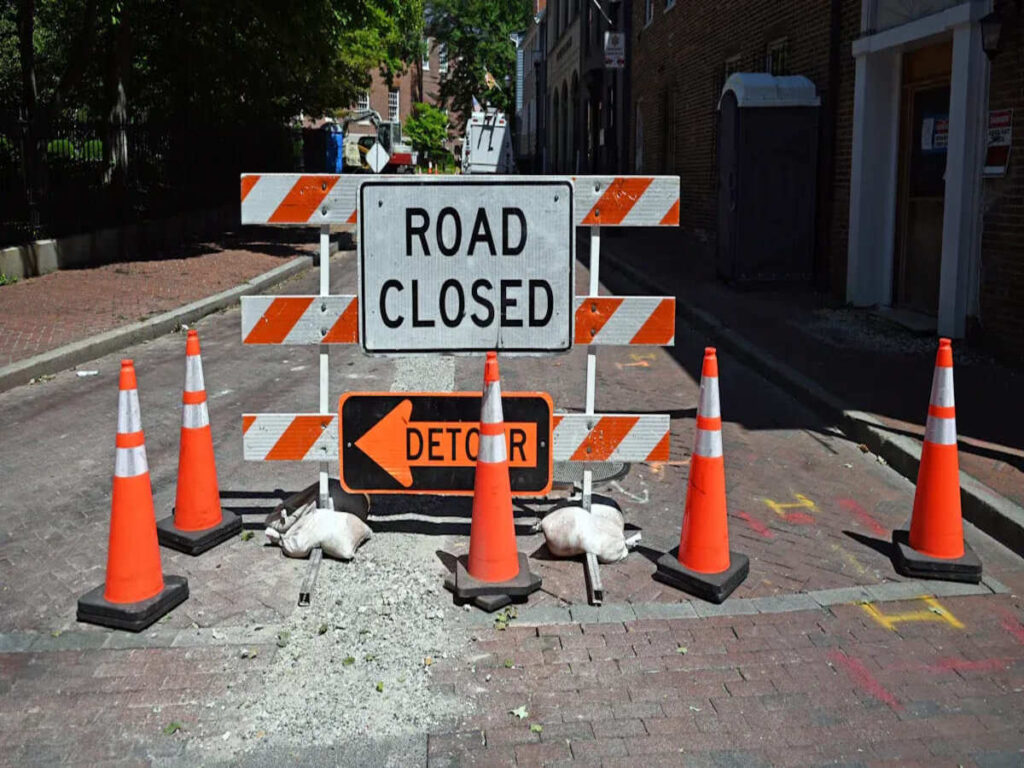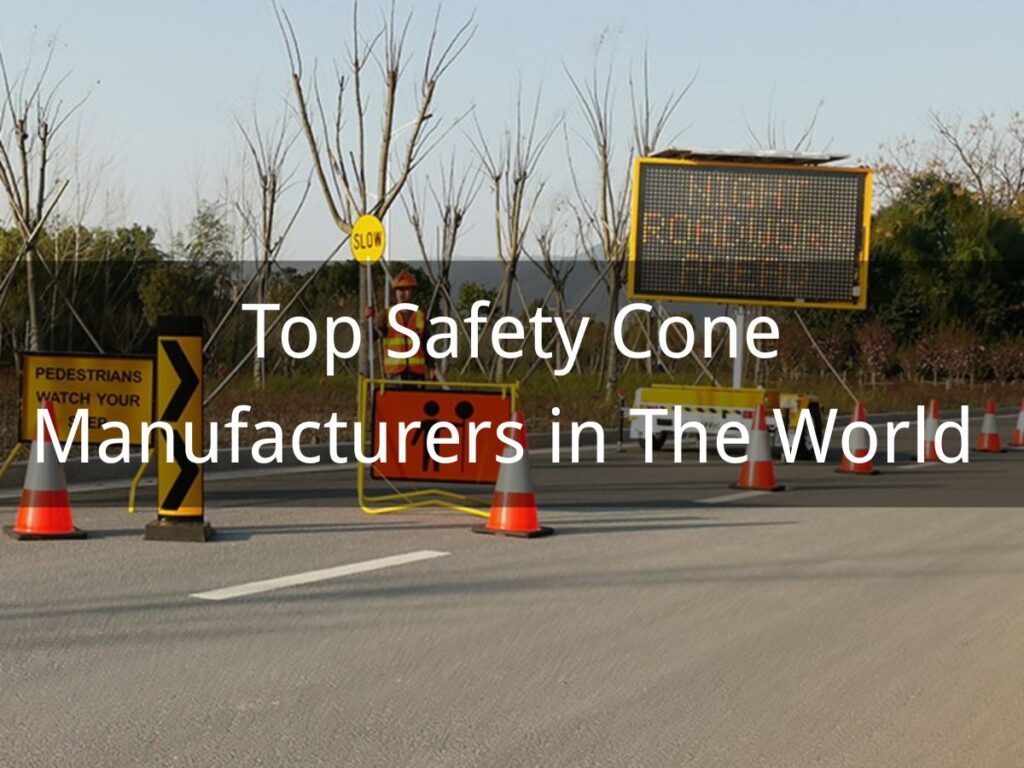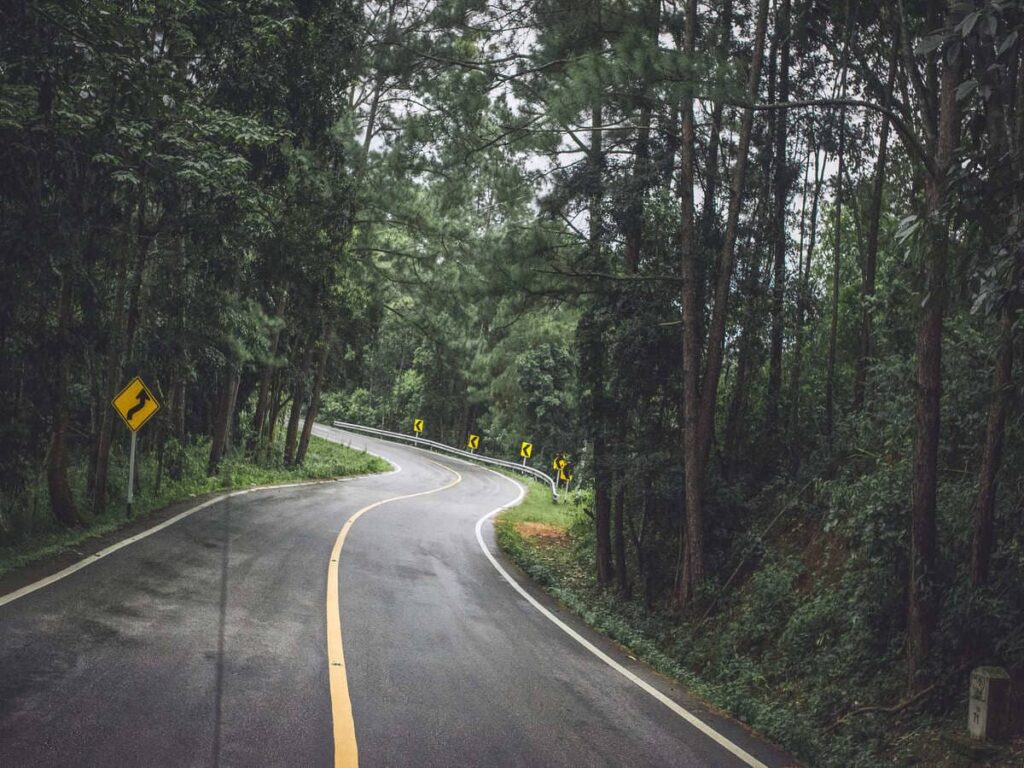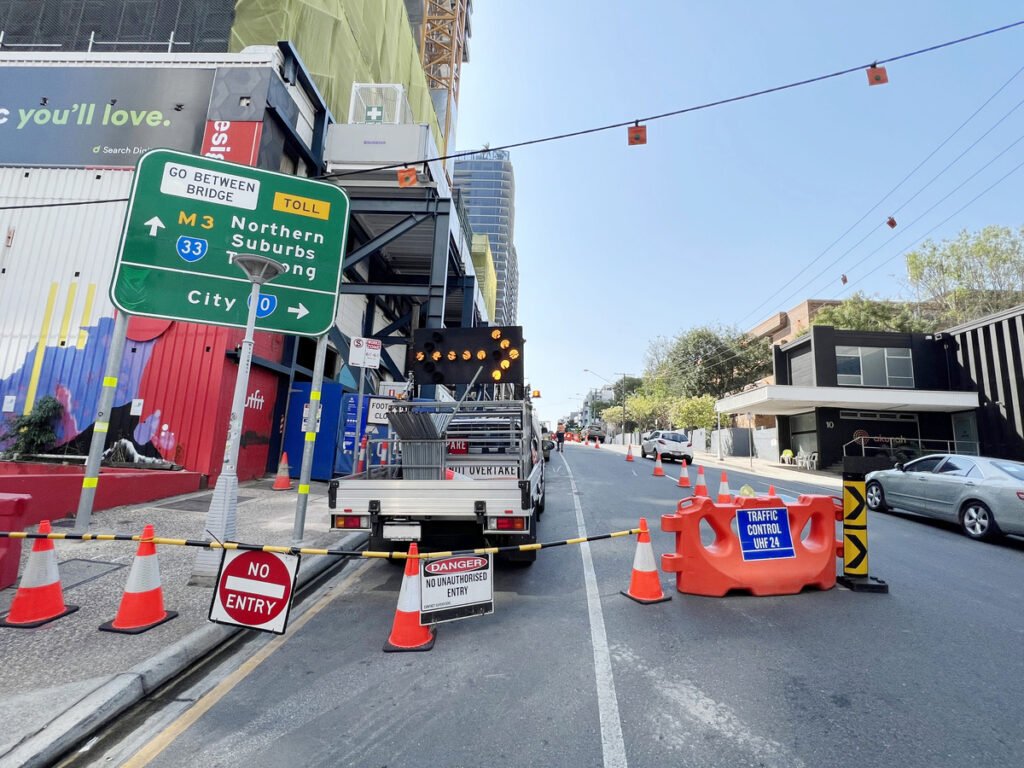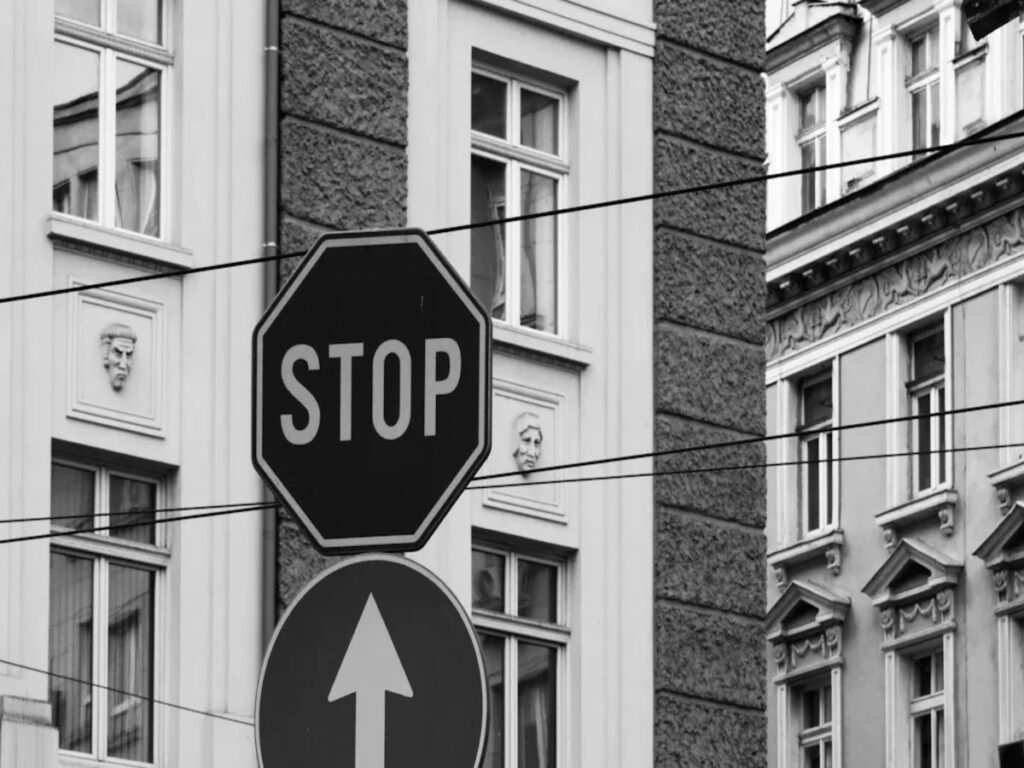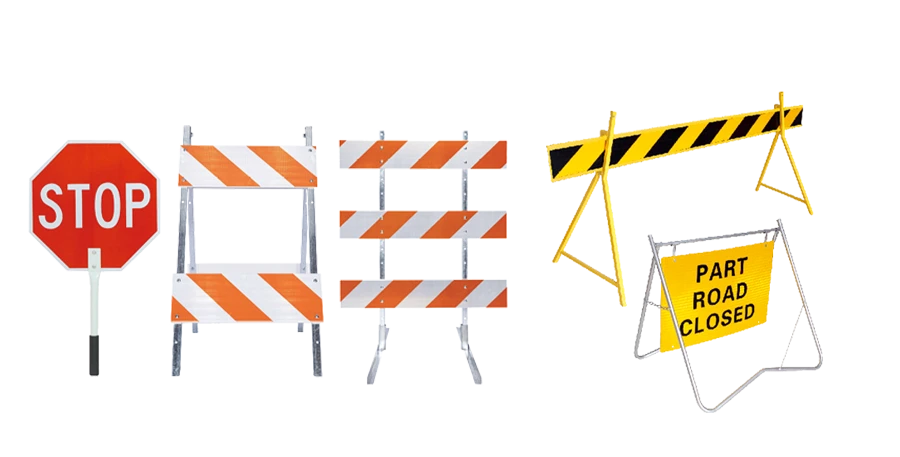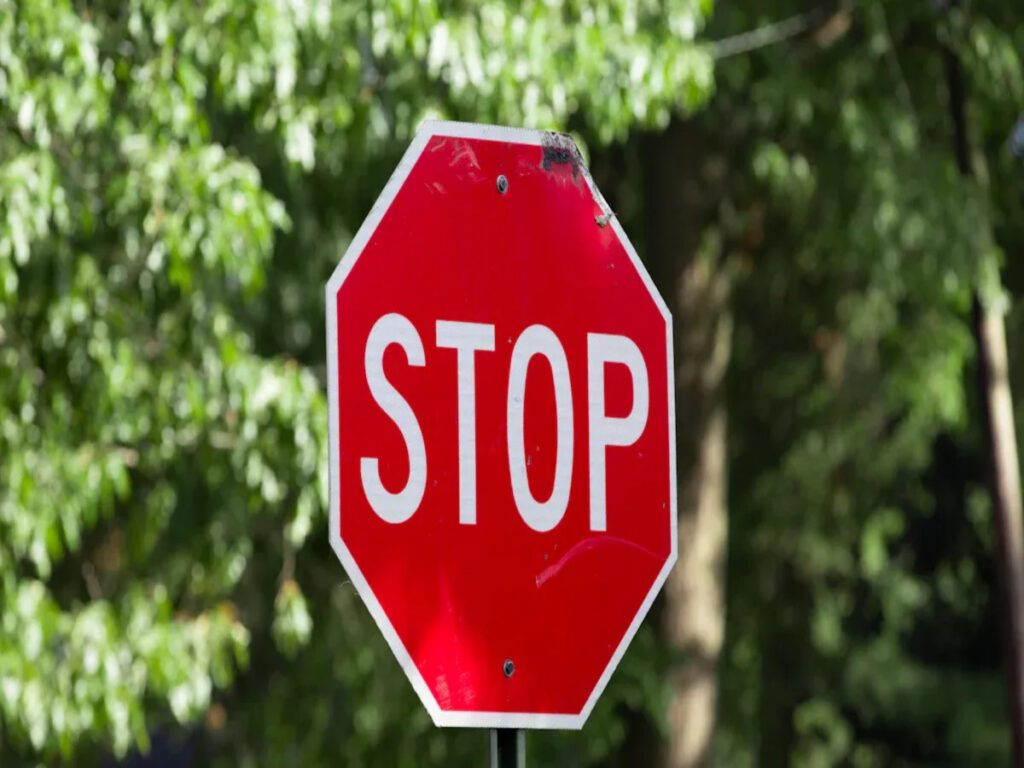
Custom Traffic Signage keeps workers and equipment safe in risky places. Agricultural, industriell, and marine jobs use big vehicles and machines. Each place has its own problems. Some need to move heavy tractors on country roads. Others guide forklifts in busy warehouses. Some direct boat transport in crowded yards. Special signs give clear directions and stop confusion. They help everyone stay safe. Good signage also helps follow tough industry rules.
Bei OPTRAFFIC, we specialize in providing high-quality custom traffic signage tailored to the unique needs of every industry, ensuring safety and compliance in even the most challenging environments.
Key Takeaways
- Custom Traffic Signage helps keep people safe. It warns about dangers and guides vehicles. This is important in farms and factories.
- Signs made from metal or stainless steel last longer. Sie bleiben auch bei schlechtem Wetter gut sichtbar.
- Checking signs often and fixing them stops accidents. It also makes sure rules are followed.
- Putting signs at eye level helps people see them. Signs in busy places get noticed more by workers and drivers.
- Teaching staff what signs mean is important. It helps everyone know how to stay safe.
Custom Traffic Signage in Agriculture and Industry
Agricultural Vehicle Signage
Custom Traffic Signage is important on farms and country roads. Farmers drive big tractors and combines. These machines move slowly and cross public roads. Warning signs like SMV emblems tell drivers about these dangers. Directional signs help vehicles find safe paths in fields and farmyards. Safety signs remind workers to wear gear or follow rules. These signs help farms follow SMV rules and lower accident risks.
| Type of Signage | Funktion |
|---|---|
| Warnzeichen | Warns people about dangers like slow vehicles or sharp turns. |
| Obligatorische Zeichen | Tells what workers must do, like wearing a safety helmet. |
| Verbotszeichen | Shows what is not allowed, such as no entry or no smoking. |
| Notfallschilder | Gives important help in emergencies, like showing exits or evacuation routes. |
Industrial Vehicle Signage
Factories and warehouses use Custom Traffic Signage zur Sicherheit. Gabelstapler, Lastwagen, and machines move around these places. Warning signs show where equipment or dangerous stuff is moving. Mandatory signs tell workers to wear gear or use certain paths. Prohibition signs keep people out of unsafe areas. Emergency information signs show exits or first aid spots. These signs help companies follow OSHA -Regeln und sorgen Sie für die Sicherheit der Arbeitnehmer.
Marine and Boat-Building Signage
Boat yards and marine places have special needs. Vehicles and equipment go from land to water. Custom Traffic Signage must be big and easy to see. Boaters and workers need to spot them from far away. Signs at fuel docks warn about fire dangers. Strong materials like UV-resistant plastics last in tough marine weather. Signs also help guide boats and mark off-limits areas to follow maritime rules.
Tipp: In marine places, pick signs that can handle sun and saltwater so they stay safe for a long time.
- Safety signs at fuel docks stop bad accidents.
- Groß, clear signs help boaters who are new to the area.
- Strong materials make sure signs last in hard marine weather.
Sicherheit und Effizienz verbessern
Unfallverhütung
Custom Traffic Signage helps stop accidents before they happen. Workers use big vehicles and heavy equipment. These jobs can be dangerous. Clear signs warn about dangers and show safe actions. Farms and factories sometimes have rollovers, Abstürze, or crush events. These accidents happen when drivers miss warnings or do not see hazards.
| Unfalltyp | Beschreibung |
|---|---|
| Rollovers | Vehicles tipping over, often due to uneven terrain. |
| Collisions | Accidents between vehicles or with obstacles. |
| Crush Events | Incidents where a vehicle or machinery crushes a person or object. |
Custom Traffic Signage marks bumpy ground and shows safe speeds. It warns workers about moving machines. Signs also warn about chemical hazards, electric fences, and deep water. Operators see these warnings and act to stay safe.
- Chemical hazard signs warn about dangerous chemicals.
- Machinery hazard signs alert about operating machinery.
- Electric fence warnings show where electric fences are.
- Deep water warning signs warn about drowning risks.
Notiz: Put signs at eye level and near danger zones. This helps workers notice them and stay alert.
Workflow Optimization
Clear signs help work go faster and smoother. Custom Traffic Signage shows safe routes and marks loading zones. It also marks parking spots and restricted areas. Workers know where to go and what to do. This stops confusion and keeps traffic moving.
Factories use signs for forklift paths and truck lanes. Farms mark field entrances and exits. Boat yards show where to launch boats and store them. These signs help teams avoid delays and finish on time.
- Signs for one-way routes stop traffic jams.
- Directional arrows guide vehicles to the right place.
- Parking signs organize spaces for trucks and equipment.
Custom Traffic Signage makes every step clear. Teams work faster and make fewer mistakes.
Visibility and Awareness
It is important to see signs in busy and risky places. Custom Traffic Signage uses bright colors and big letters. Some signs have reflective surfaces. Workers and drivers see signs from far away. They can see them even in low light or bad weather. This helps everyone notice hazards and follow rules.
Marine places need signs that resist sun and saltwater. Industrial sites use signs that stand out on machines and walls. Farms put signs where drivers can see them from tractors or trucks.
| Visibility Feature | Nutzen |
|---|---|
| Reflective surfaces | Improves night-time safety |
| Große Schriftarten | Easy to read from a distance |
| Leuchtende Farben | Catches attention quickly |
Tipp: Reinigen und überprüfen Sie die Schilder häufig. This keeps them easy to see and useful all year.
Custom Traffic Signage helps everyone stay aware and make safe choices. Wenn Zeichen leicht zu sehen sind, accidents go down and work gets done faster.
Vorschriftenregulierung
Meeting Industry Standards
Every job must follow safety rules. Agriculture uses SMV signs to warn about tractors. Factories and warehouses follow OSHA -Standards. These rules need clear signs for dangers and exits. Marine and boat-building sites use maritime rules. These rules keep people safe near water. Custom Traffic Signage helps each job meet these rules. Signs must have the right colors, Symbole, und Größen. This makes them easy to see and understand.
Tipp: Check local and national laws often. Rules can change, so staying updated keeps everyone safe.
Avoiding Fines and Legal Issues
If signs are missing or hard to read, Probleme können auftreten. Companies can get fines for not following safety rules. Accidents can also cause legal trouble. Klar, custom signs show a company cares about safety. Inspectors look for good signs when they visit. Good signs help pass checks and avoid fines.
Common Compliance Risks:
- Missing SMV emblems on farm vehicles
- Faded or broken warning signs in factories
- Wrong symbols on marine safety signs
A checklist helps teams find missing or broken signs. Regular checks keep places safe and legal.
Documentation and Record-Keeping
Keeping good records helps with compliance. Companies should track where signs are and when they are checked. A simple notebook or computer file works well. This record shows inspectors the company follows safety rules.
| Record Type | Zweck |
|---|---|
| Sign Placement Log | Tracks where each sign is set |
| Inspection Records | Notes when signs get checked |
| Maintenance Log | Lists repairs or replacements |
Notiz: Update records after every check or sign change. This habit helps with compliance and quick audits.
Designing and Implementing Custom Signs
Key Elements and Materials
Das Recht wählen materials helps signs länger dauern. Farms, Fabriken, and marine sites need strong signage. These places have weather, Chemikalien, and things that can scratch signs. Metalphoto anodized aluminum lasts over 20 years inside or outside. DuraBlack laser-markable aluminum is easy to see and tough in bad conditions. For places with lots of chemicals, 304 alloy stainless steel works best. Marine sites use 316 alloy stainless steel because it fights salt spray and is good for food work.
| Materialtyp | Beschreibung |
|---|---|
| Metalphoto® Anodiertes Aluminium | Made to last over 20 years in tough indoor and outdoor places. |
| DuraBlack® laser-markable aluminum | Good for many uses, leicht zu sehen, and strong in hard places. |
| 304 Alloy Stainless Steel | Great for tough jobs with chemicals, does not scratch easily. |
| 316 Alloy Stainless Steel | Best for marine places, fights salt spray, and safe for food. |
Umweltfreundliche Entscheidungen like wood from good sources and recyclable aluminum help the planet. UV-stable inks and strong mounting keep signs bright and safe outside.
Tipp: Do not use PVC plastic for signs. It is bad for the planet and does not last as long as metal or wood.
Platzierungsstrategien
Putting signs in the right spot makes them work better. Teams must know if drivers or walkers will see the signs. Busy places like intersections or loading zones need big, Klare Zeichen. Using colors that stand out and big letters helps people see them. Simple messages stop people from getting confused.
- Put signs at eye level for who needs to see them.
- Try different spots to find the best place.
- Follow local rules for sign size and what they say.
- Do not block views or make new dangers.
- Check signs often to keep them easy to read.
Notiz: Check the site often and keep good records. This helps save money and makes sure signs follow the rules.
Staff Training and Maintenance
Teaching staff helps everyone know what signs mean. Leaders should explain why new signs are needed and how they help. A plan for talking to everyone keeps people up to date. Staff should learn how to check for broken or missing signs.
- Train new and old workers about signs.
- Write down where signs are and when they get checked.
- Ask staff to tell about signs that are hard to read or broken.
- Update records after each check or change.
Getting people excited about new signs helps them use them. Using the same look for all signs helps the company and follows the rules.
Tipp: When leaders support new signs, staff care more and help make it work.
Custom Traffic Signage helps stop injuries at work. It also helps companies avoid big fines. These signs make work go faster and smoother. Farms, Fabriken, and marine places use clear, starke Zeichen. These signs show where to go and what to do in emergencies. Leaders should look at their signs now. They should think about getting new custom signs for better safety. Talking to signage experts gives good ideas and help.
| Nutzen | Beschreibung |
|---|---|
| Professional Design | Experts make signs that are easy to see and use. |
| Brancheneinsicht | Specialists know what each place needs and give smart advice. |
| Comprehensive Service | Experts take care of making, putting up, and fixing signs. |
- Custom signs work well for farms, Fabriken, and marine jobs.
- Experts can make signs that help people find places and share news.
Notiz: Ask signage experts for advice and help with following rules.
FAQ
How often should companies inspect and maintain their signage?
Companies need to check their signs every three months. Checking often helps find broken or faded signs early. Maintenance logs help keep track of all sign checks.
Do custom signs help meet safety regulations?
Custom signs use the right colors, Symbole, und Größen. They help companies follow OSHA, SMV, and maritime rules. Inspectors look for these signs when they visit.
Can custom signage improve workflow in busy areas?
Custom signage helps organize traffic and shows safe paths. Workers can move faster and do not get confused. Clear signs help stop delays and make work better.
Who should train staff about new signage?
Safety managers or supervisors should teach staff about new signs. They explain what each sign means and where it goes. Staff learn to tell someone if a sign is missing or broken.

